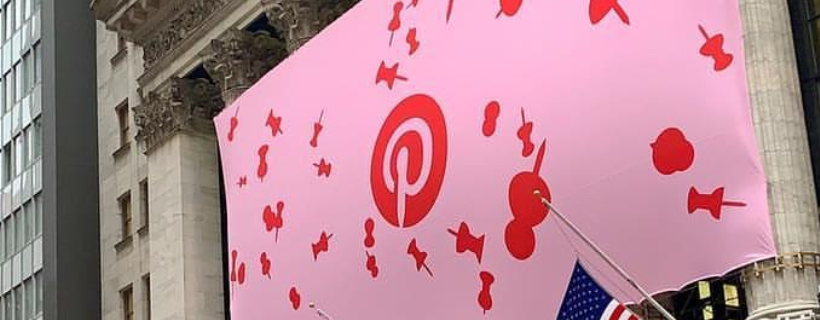Pinterest’s Q1 report was a reminder of the first rule of going public: You have to beat buy-side expectations in your first reported quarter as a public company. Pinterest failed to do that.
To be clear, companies should never manage their businesses to meet buy-side expectations, but companies should always manage buy-side expectations to line up below the true trajectory of their businesses.
Pinterest reported revenue of $201.9 million in Q1 vs estimates of $200.6 million (Refinitiv) and EPS of a loss of 32 cents vs estimates for a loss of 11, but in the public markets, the most recently reported quarter almost never matters very much. It’s about what the current status of the business suggests the next quarter, next year, and beyond look like. The company’s guidance was the real issue.
Pinterest guided CY19 revenue to $1.06-1.08 billion vs estimates for $1.07 billion, an in-line guide. To buy-side investors, an in-line guide in your first public quarter is a miss. This doesn’t mean the guide should have been higher. Remember, the business is what it is. The estimates should have been lower.
Pinterest just spent two weeks on its pre-IPO road show educating potential public investors about its business and its financial prospects. Both buy-side and sell-side estimates were informed by how Pinterest presented its business on the road show. Based on our experience as sell-siders on over 20 IPOs, Pinterest would have been better off speaking about its near-term prospects more conservatively to push estimates for CY19 to around $1 billion or even slightly lower rather than the $1.07 billion that investors expected. It’s unlikely that difference in CY19 revenue would have impacted the deal price, but it would have helped avoid the double-digit percentage decline post earnings. It may have even pushed the stock higher on the report if the guide was 6-8% higher than expectations.
It might seem silly to punish a company for doing what it said it would do — no better, no worse — but it’s the nature of the public markets. All investors want to see their companies doing better than expected not only because it moves share prices higher in the near-term, but because it establishes a track record of consistency for the long-term. A track record of under promising and over delivering means investors can trust management to more than deliver on forward promises and projections.
The expectation management game is a game worth playing, particularly for tech companies with a meaningful amount of employee compensation in the form of equity. A more stable stock price means more stability in employee earnings, which means more stable employees.
Offering an in-line report in their first quarter as a public company doesn’t mean Pinterest will fail. Pinterest offers a great product and has built what can grow into a great, profitable business; however, management should tell a more conservative story about the numbers because it will make it easier to be a great stock.
Disclaimer: We actively write about the themes in which we invest or may invest: virtual reality, augmented reality, artificial intelligence, and robotics. From time to time, we may write about companies that are in our portfolio. As managers of the portfolio, we may earn carried interest, management fees or other compensation from such portfolio. Content on this site including opinions on specific themes in technology, market estimates, and estimates and commentary regarding publicly traded or private companies is not intended for use in making any investment decisions and provided solely for informational purposes. We hold no obligation to update any of our projections and the content on this site should not be relied upon. We express no warranties about any estimates or opinions we make.
